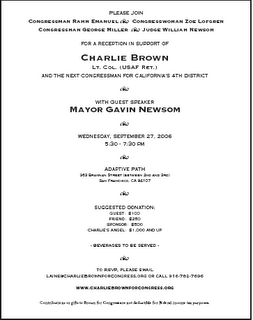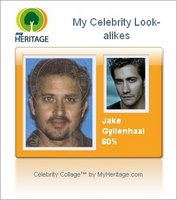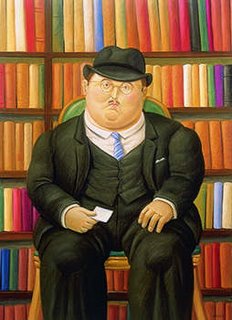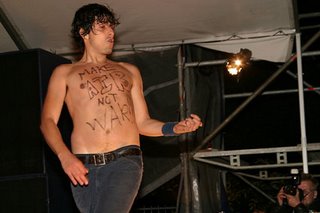Air Guitar World Championships
” What Air Guitar is all about, is to surrender to the music without having an actual instrument. Anyone can taste rock stardom by playing the Air Guitar. No equipment is needed, and there is no requirement for any specific place or special skills. In Air Guitar playing all people are equal regardless of race, gender, age, social status or sexual orientation.”
Mobile phone throwing world championships
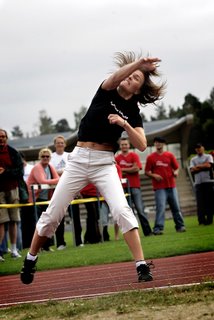
According to the insurance companies there are lots of phones laying in the thousands of lakes in Finland. Actually the phones return to the stores in exchange for new ones and then become a toxic waste. For example the battery is toxic and must be handled properly.
But before mobile phones become toxic waste they can be recycled in sport activities ie. In Mobile Phone Throwing, the only sport where you can pay back all the frustrations and disappointments caused by these modern equipments.
There are officially two categories in the Mobile Phone Throwing. Traditional style ie. Over the shoulder throw, where the length of the throw is crucial. In Freestyle the style is free and the contestant gets points for aesthetics and creative choreographics from 4 to 10. In both categories the contestant with the highest score wins.
Wife carrying world championships
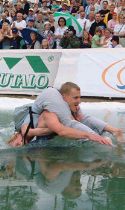
In 1992, the people of Sonkajärvi decided that it was time to revive some long-forgotten traditions: back in the late 1800's there was in the area a brigand called Rosvo-Ronkainen, who was said to have accepted in his troops only those men who proved their worth on a challenging track. In those days, it was also a common practice to steal women from the neighbouring villages.
So that's how this small town in central Finland became the focus of attention of world media and sportshusbands and wives. From year to year a large number of competitors, public, and media from Finland to Canada attend the annual Wife-Carrying rendezvous in Sonkajärvi, doubling the population of the town for the weekend.
Swamp soccer world championships
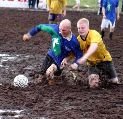
Swamp Soccer was invented by Finnish skiers who needed a very tough sport to work out during summer. So, they took a ball to a swamp field and started to play soccer with the mud up to their knees.
Swamp Soccer has become so popular that the in 1999 a European Championships was held where 69 teams took part. By the year 2000 Swamp Soccer popularity had increased so much that they organised the first ever Swamp Soccer World Championships. Since then, more than 200 teams from all over the world play yearly over 500 matches in a muddy struggle for the swamp soccer world trophy.
It has been calculated that players sweat over 20,000 litres during the tournament. Of course, no Finnish sweating event would be complete without a Finnish Sauna. A special-made Sauna is open throughout the games for all players and fans. The Sauna is more than 35 metres long and is equipped with six wood-heated sauna stoves -another world record!.
Snowball fight competition
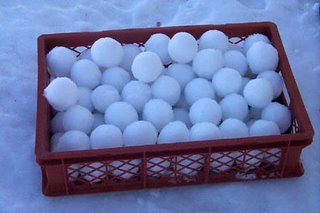
The rules are simple:
- Two opposing teams throw snowballs at each other.
- Each team has 90 snowballs for each set
- When a player is stuck by a snowball the player is declared out by a sideline judge and must leave the field of play.
- Each team has a pennant that it is protecting from capture by the opposing team
- A match between teams consists of three 180 second "sets" and the winner of two sets wins the match.
- A set is won by outright capture of the opposing team's pennant, or on the basis of points. Points for each set are determined by the number of players remaining on the field for each team when the time has expired. If that determination is a draw, then the number of snow balls remaining are counted and the team with the most wins.
- There are eight members to each team, of which number, at least three of the on-field members must be female.
- Both sidelines have two line judges and one sideline has the head referee positioned at the centerline of the field. Their job is to observe the "hits" and to "flag" players out.
- There is also a time keeper and a record keeper for each match.
Sauna World Championships
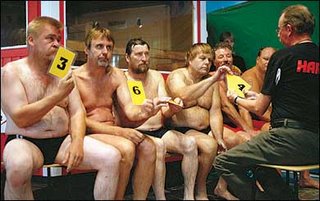
The rules for the SWC go like this: The first day there are 13 preliminary heats (aptly named), with six contestants per sauna. The two men from each heat who are the last to leave the sauna under their own steam move on to the qualifying round. The 12 qualifying winners move on to the next day's semifinals. The six winners of that round move on to the final, where the champion is crowned.
The temperature starts out at 230 degrees; every 30 seconds a half-liter of water hits the stove, which provides the drama of a scorching blast yet doesn't induce the health risks of an increased temperature. To show they're still alive, the competitors must give a thumbs-up sign at regular intervals. The only other movement they can make is to wipe the sweat off their faces. They can't disturb their fellow competitors or even talk to them, which means no cremation jokes.


